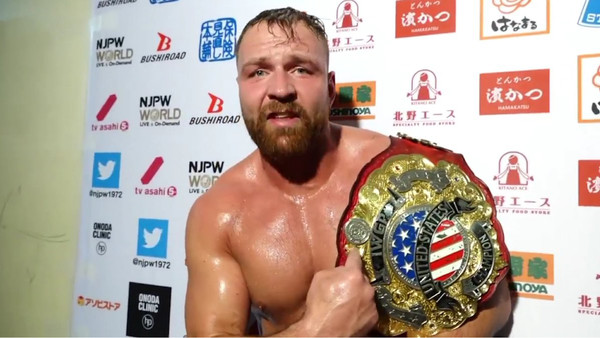Everything We Know So Far About AEW’s TV Show

Cody was also asked, during his panel appearance, whether we’ll see 20 minute promo segments on AEW TV. “No chance in hell,” was his swift, curt response. He elaborated further by revealing that AEW will present “more in-ring content”, “longer matches,” and “no invisible camera backstage”.
This is a good omen for fans deadened by WWE’s weird, this-is-actually-a-TV show approach, because it isn’t. It is a TV show, obviously, but the characters treat it like they aren’t able to watch themselves, when they are, and they should, because that way they’d foil the schemes very obviously plotted by the heels.
Extrapolating this, it would appear that AEW, in not presenting verbal backstage segments nor opening in-ring segments, will instead promote matches via the same sit-down interviews that have drawn much acclaim on the Road To…series. That, or an approach similar to New Japan Pro Wrestling (or their own post-match pressers), in which the backstage promos are framed as press conferences to create the illusion of the credibility of a real sport.
This is all consistent with the initial press release that AEW “offers fans less scripted, soapy drama…and real sports analytics, bringing a legitimacy to wrestling that it has not previously had.”
The talk of analytics is interesting because it seems contrary to a storyline logic that isn’t without fault. Riho took the loss and the fall at Fight For The Fallen. At the very next show, she was afforded the opportunity to advance to the first-ever AEW Women’s Championship match. An uncertainty surrounds AEW’s “wins and losses matter” directive, particularly since it cannot account for momentum and injury, and is in itself a very complex, intricate method of world-building.
CONT'D...(3 of 5)